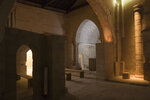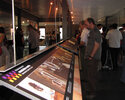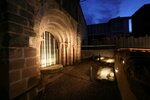Intervention Plan “Románico Norte”, Castile and León
The Intervention Plan "Románico Norte" (Romanesque North) is a multi-year project that centers on the restoration of 54 Romanesque churches, hermitages and monasteries in the northern areas of Palencia and Burgos. Its aim is to conserve this heritage to lay the foundations for ...
Read more
Project details
Description:
The Intervention Plan "Románico Norte" (Romanesque North) is a multi-year project that centers on the restoration of 54 Romanesque churches, hermitages and monasteries in the northern areas of Palencia and Burgos. Its aim is to conserve this heritage to lay the foundations for sustainable economic growth in these areas, because in this Plan the main engines for territorial development are its assets: people, cultural heritage and landscape. The "Románico Norte" Intervention Plan has among its priorities that of cultural and tourism management of the area being intervened. To do so we seek innovative solutions that allow any user or visitor to enjoy the region's cultural heritage with the greatest ease and quality. This plan also included communication, education and awareness programs, with various activities such as direct communication (lectures, greater awareness seminars, educational activities for children and young people ..), the mass media (press, web page) and publishing of information in various media.
Similar projects
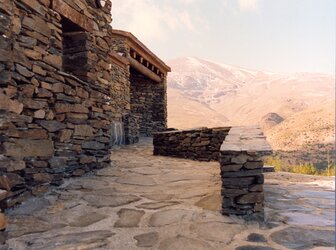
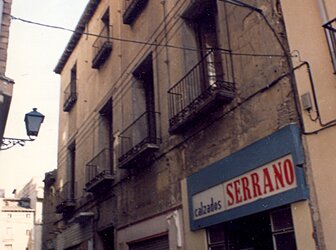
16th century
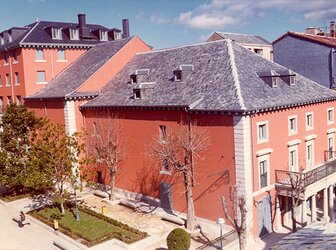
18th century

19th century
16th century
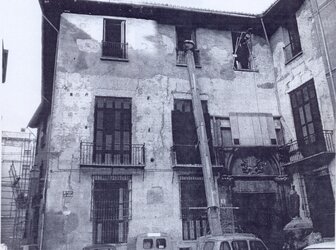
15th century
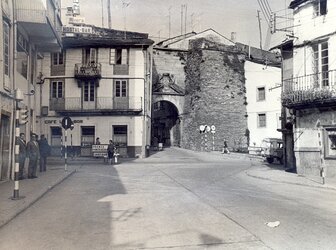
3th century
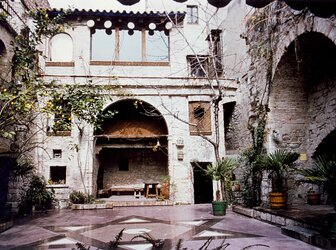
9th century
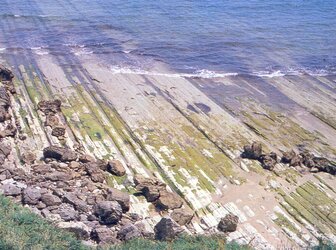

1501

17th century
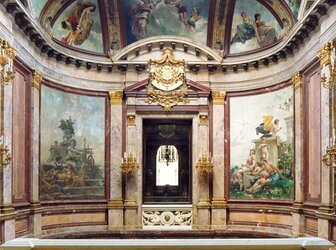
19th century


